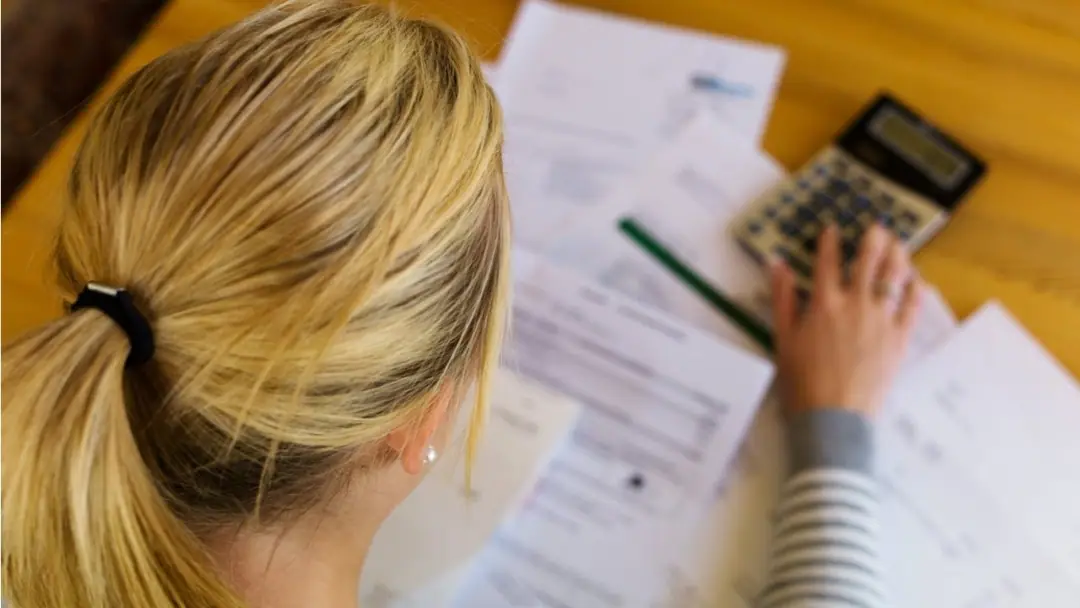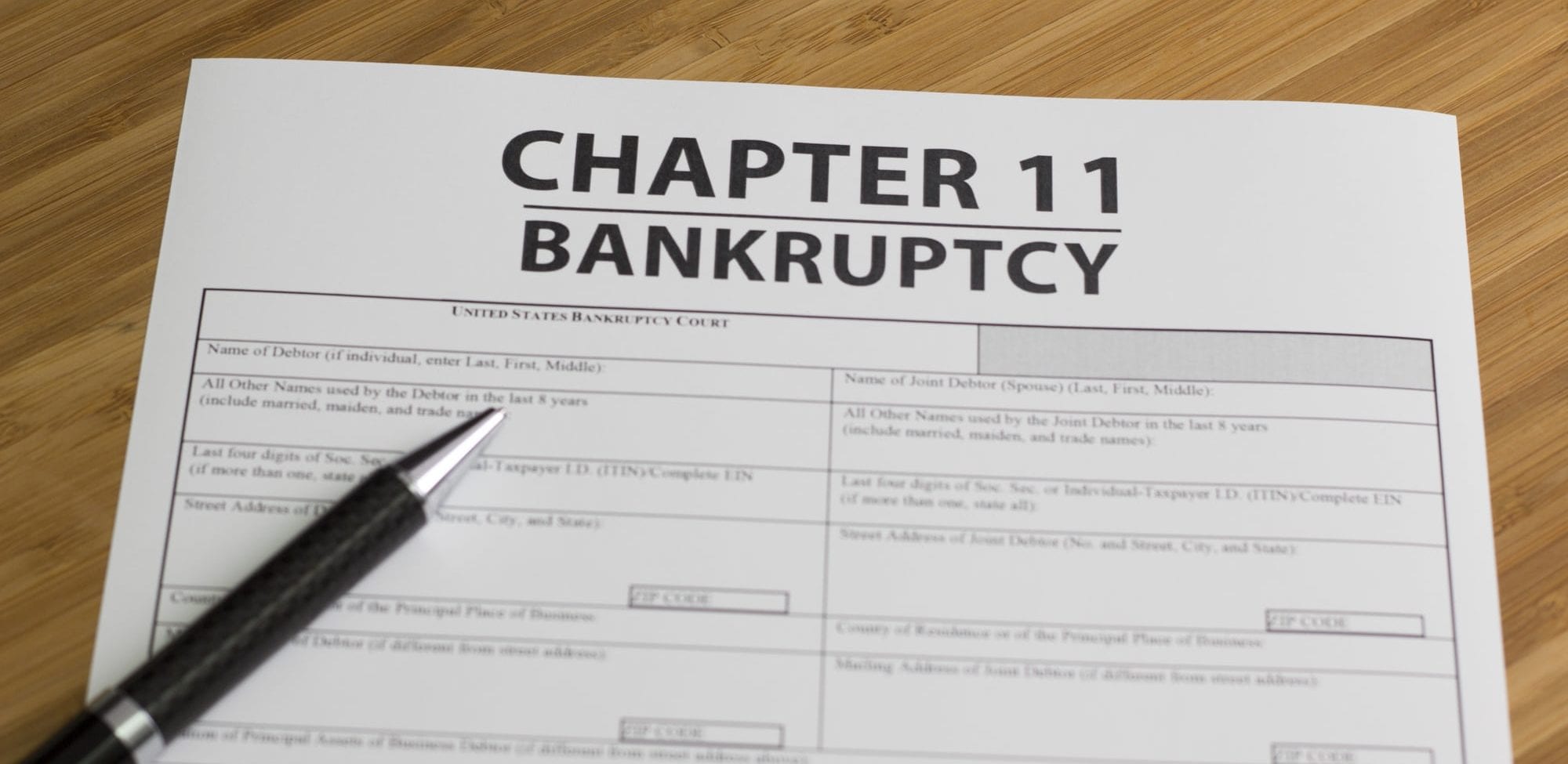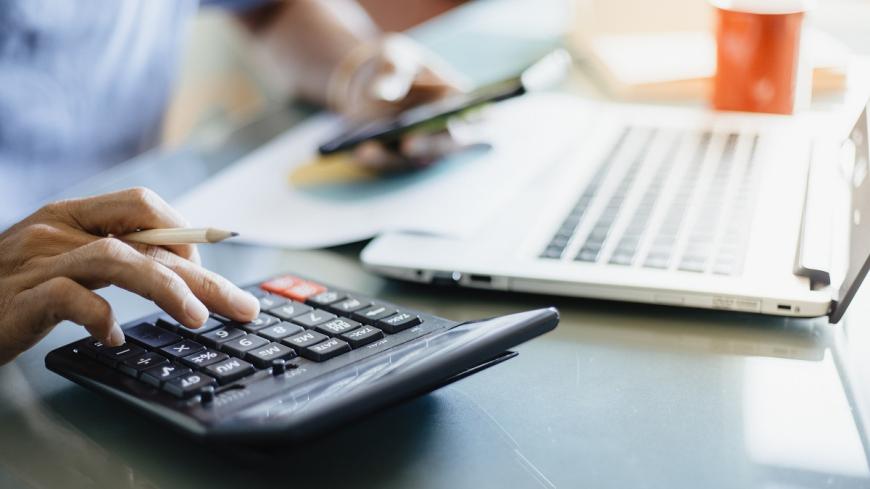Bankruptcy can seem like an appealing option for those facing insurmountable debt. Declaring bankruptcy stops creditors from trying to collect debts and can eliminate some debts entirely. However, bankruptcy also comes with significant downsides that make it a last resort for most people. Understanding the pros and cons of bankruptcy can help determine if it is the right choice.
The primary benefit of bankruptcy is it provides immediate relief from creditor harassment. Creditors must stop collection efforts once a bankruptcy petition is filed. Bankruptcy also allows debt elimination or restructuring to make debts more manageable. The most common types of bankruptcy for consumers are Chapter 7 and Chapter 13.
Chapter 7 bankruptcy eliminates unsecured debts like credit cards, personal loans and medical bills. Any assets above exemption levels are sold to pay creditors, but filers get to keep exempt property like a home, car, clothing and household items. Chapter 7 provides a relatively quick fresh start, with remaining dischargeable debts eliminated in a few months.
Chapter 13 bankruptcy allows debtors to keep all property by agreeing to a 3-5 year repayment plan approved by the court. Plan payments go toward a portion of debts, with remaining dischargeable debts eliminated after completion. Chapter 13 allows debtors to catch up on mortgage and car loans by including those payments in the repayment plan.
While bankruptcy provides immediate relief and the chance to eliminate debt, it also comes with significant downsides. The most serious is the impact on credit scores and reports. Bankruptcy will cause credit scores to plummet 200 points or more. The bankruptcy remains on credit reports for 7-10 years, making it difficult to get approved for financing. Potential employers and landlords may also shun applicants with bankruptcies on their records.
Bankruptcy can also cost thousands in attorney and court fees. And any debts secured by property, like mortgages and car loans, are generally not discharged. Certain other debts like taxes, student loans and alimony cannot be discharged either. Property above exemption limits may be forfeited, including a home with substantial equity.
There are also less tangible drawbacks of bankruptcy, like social stigma surrounding financial irresponsibility. The emotional impact of admitting failure can be difficult as well. And bankruptcy does not teach better money management skills, meaning debt problems may reappear.
Given the downsides, bankruptcy is best viewed as a last resort after exhausting other options. Non-profit credit counseling provides free budget and debt help, with options like debt management plans to consolidate and lower payments. Negotiating directly with creditors can provide relief too, like reduced monthly payments or waived fees. Selling assets or picking up extra work could allow paying off debts faster as well.
If those options still do not resolve unmanageable debts, bankruptcy may be the most practical solution. But one should be aware of all the consequences, both short and long term. The decision to file bankruptcy will also affect loved ones, who should be consulted. With eyes wide open about the pros and cons, individuals can determine if bankruptcy is their best path toward financial recovery.







